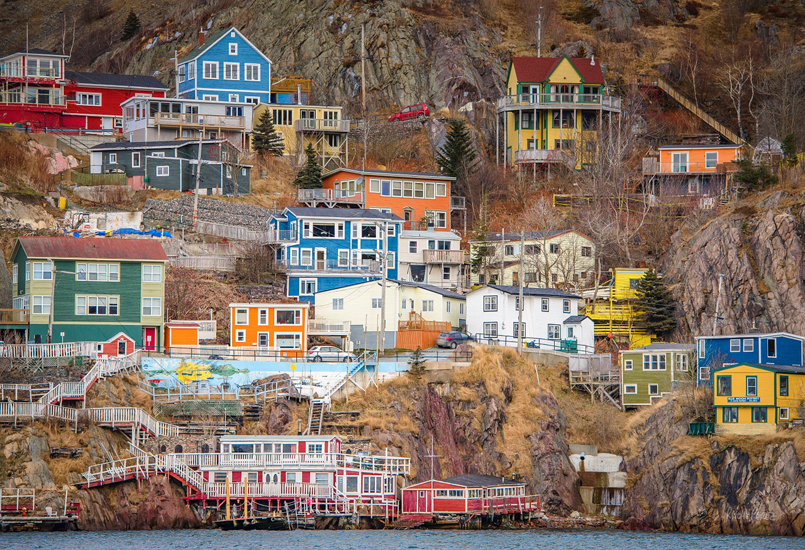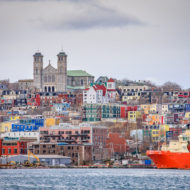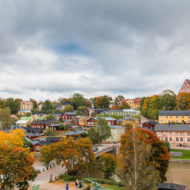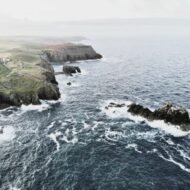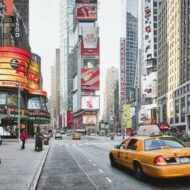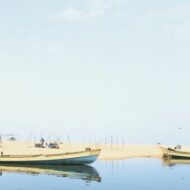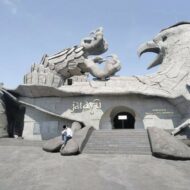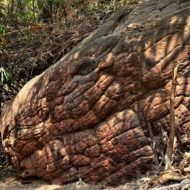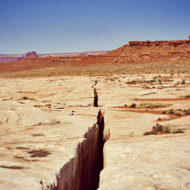Newfoundland and Labrador is one of the Atlantic Provinces of Canada. Newfoundland is an island , Labrador is an adjoining mainland coastal region which abuts Quebec. Newfoundland is fairly lightly populated, but Labrador is extremely sparsely populated. Both Newfoundland and Labrador are famous for their rugged scenery, cool wet maritime climate, and long history separate from Canada
Regions : from northwest to southeast : Labrador
The territory sharing a border with Quebec on the mainland of Canada. From the days of the Labrador fishery, trapping and whaling to military bases of the Cold War era, Labrador has rich history and breathtaking landscapes. Modern Labrador has vast stores of natural resources including copper, nickel and iron ore developed and undeveloped hydro-electric sites and undeveloped off-shore natural gas and oil.
Western Newfoundland
The nearly 700 km stretch from Port aux Basques in the south to St. Anthony in the north. Includes the Port au Port Peninsula, the Bay of Islands (with regional center, Corner Brook), Gros Morne National Park, the Long Range Mountains, and the Northern Peninsula. Vikings to Acadians, the history and culture of Western Newfoundland is varied and diverse.
Central Newfoundland
Includes the Baie Verte Peninsula & Green Bay area, the numerous islands of the North Coast (including New World Island, Twillingate Island, Fogo Island and Change Islands), Grand Falls-Windsor, and the famous international airport at Gander.
Southern Newfoundland
Includes the South Coast (mostly accessible only by ferry), and the Burin Peninsula.
Eastern Newfoundland
the New Founde Land, from John Cabot’s landing grounds in the Bonavista Peninsula to Cape Spear, North America’s most easterly point near historic capital St. John’s.
Towns and cities
St. John’s – the provincial capital and largest city in Newfoundland. The city is known as the one of the oldest in North America and has one of the most lively City Councils in the world. The city is notable for the natural harbour which has provided shelter from the North Atlantic for more than five hundred years.
Conception Bay South – C.B.S., the largest town in Newfoundland, on the shore of beautiful Conception Bay.
Corner Brook – the pulp and paper centre of Newfoundland and a major transportation hub for the region.
Gander – this town grew up around Gander International Airport which developed into one of the most import airfields in the world during the Second World War.
Grand Falls-Windsor – home of the Salmon Festival, Grand Falls-Windsor is Central Newfoundland’s largest town.
Happy Valley-Goose Bay – One of the remaining few military bases in the province. Established in the World War II era (Goose and Gander were refuelling stops for warplanes en route to Europe from Canada and the US), it had a little-known population of 10,000 U.S. citizens at the height of the Cold War and was home to large numbers of aerial refuelling tankers of the United States Air Force. International NATO training activity at Goose Bay ended by 2006, but a hundred troops remain stationed here.
Labrador City – home to the largest open pit iron ore mine in Canada. Vast wilderness surround this modern, booming town. Together with its twin town Wabush, makes up the Labrador West region of the province.
Mount Pearl – the second largest city in Newfoundland which has grown up on the western edge of St John’s.
Twillingate – two islands that make up a scenic fishing town in Notre Dame Bay north of Lewisporte and Gander.
Highlights :
- Dildo is a fishing and tourist town on the island of Newfoundland, part of the Canadian province of Newfoundland and Labrador.
- St. John’s Signal Hill National Historic Site , Signal Hill is a hill near the town of St. John’s on the island of Newfoundland, Canada.
Iceberg boat tours at Twillingate, northwest of Gander. Much better viewing than from Avalon Peninsula
The Battery – the oldest part of St. John’s
Cape Spear (the most easterly point of North America and very windy too!)
The East Coast Trail (stunningly beautiful rugged hiking trail – hike and camp for days along cliffs and through forests)
Bell Island
the downtown row houses and natural harbour of St. John’s
Puffins, whales, caribou, moose, eagles, otter, and other wildlife all over the province
the many small communities along the Labrador coast
Fishing stages, wharves, and the remnants of the province’s long history of fishing
Visit St. Lawrence and see the site of the shipwrecked USS Truxtun and USS Pollux
Go ‘Around the Bay’, a term Newfoundlanders use to talk about travelling around the numerous outport communities. Often this is limited to those on the Avalon Peninsula in the area between Conception Bay and St. John’s. Points of interest, historical and aesthetic, along the way: Bay Bulls, Roaches Line, Brigus, Cupids, Bay Roberts, Harbour Grace (the original capitol of the island), Carbonear, Victoria – Note: the new highway now runs around the townships, making access to Bay Roberts and even as far as Carbonear faster and easier, but you will miss out on some interesting scenery and historical places by taking the highway.
After you go ‘Around the Bay’, and end up in Carbonear or Victoria, spend the night at a local inn. Get up the next day go “Around the Belt”, a term Newfoundlanders use to describe travelling down the shore, up north around the tip of the peninsula, down the other side, and across the Heart’s Content Barrens. Points of interest along the way: Spout Cove, Bradley’s Cove, Western Bay, Northern Bay, Flambro Head, Lower Island Cove, Caplin Cove, Bay de Verde, Grate’s Cove, Daniel’s Cove, Winterton, Heart’s Content
Visit L’anse aux Meadows National Historic Site of Canada on the tip of the Great Northern Peninsula on the island, site of the only confirmed Viking settlement in North America and believed to be the landfall site of Leif Eriksson as related in the Vinland sagas. It is one of three UNESCO World Heritage sites in Newfoundland and Labrador; the others are Gros Morne and the Basque Whaling Station in Red Bay.
Visit the Basque Whaling Site in Red Bay, Labrador.
Visit Battle Harbour National Historic Site on an island near Mary’s Harbour, Labrador a restored ghost town, this was the historical hub of the Labrador salt fish industry.
Wooden Boat Museum of Newfoundland and Labrador, Winterton. 10AM-5PM. Archives, conserves, and exhibits local wooden boat history and its contribution to the province’s economy and way of life. $7.
Go next :




